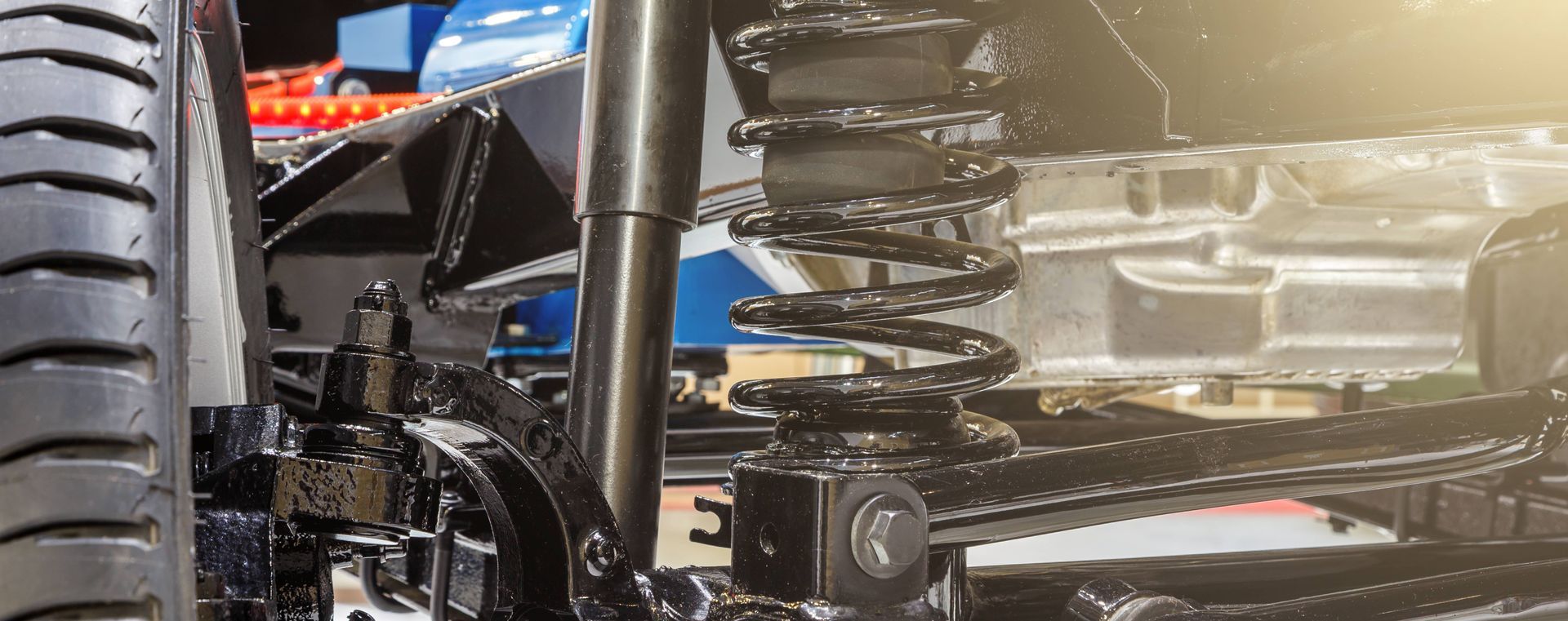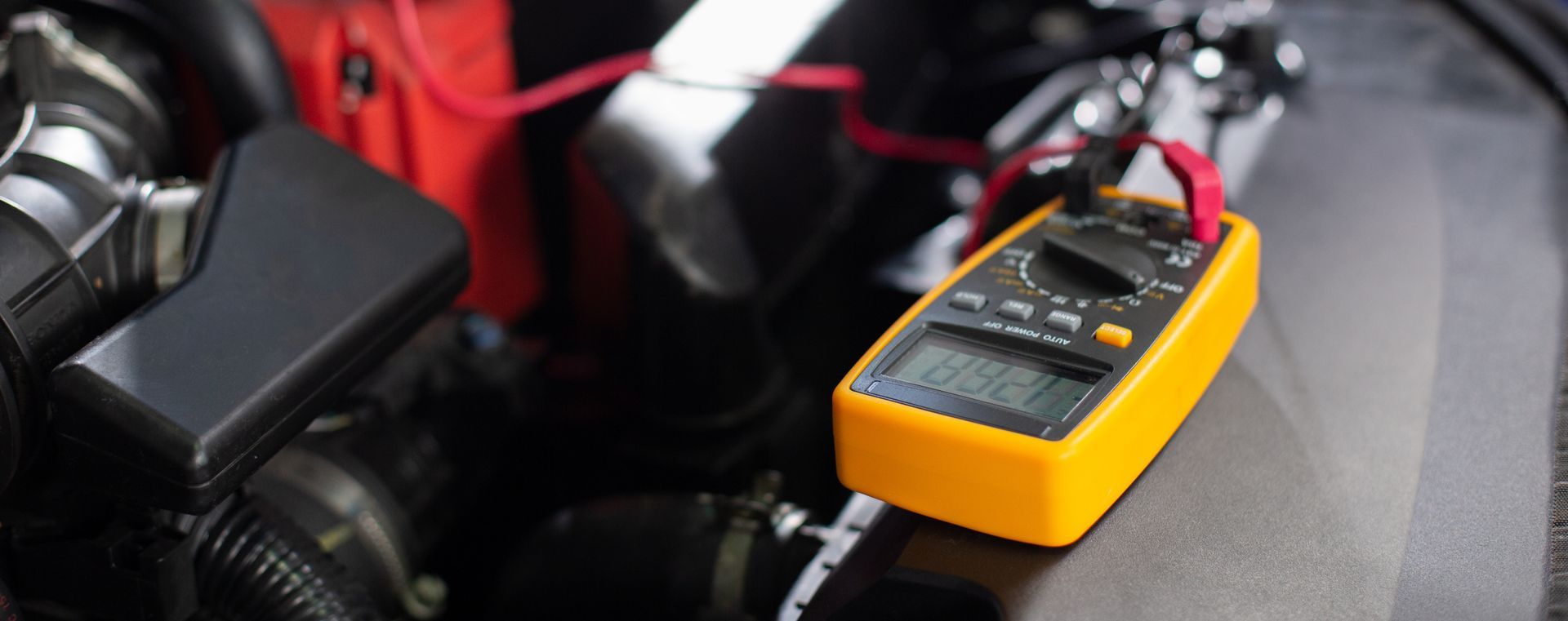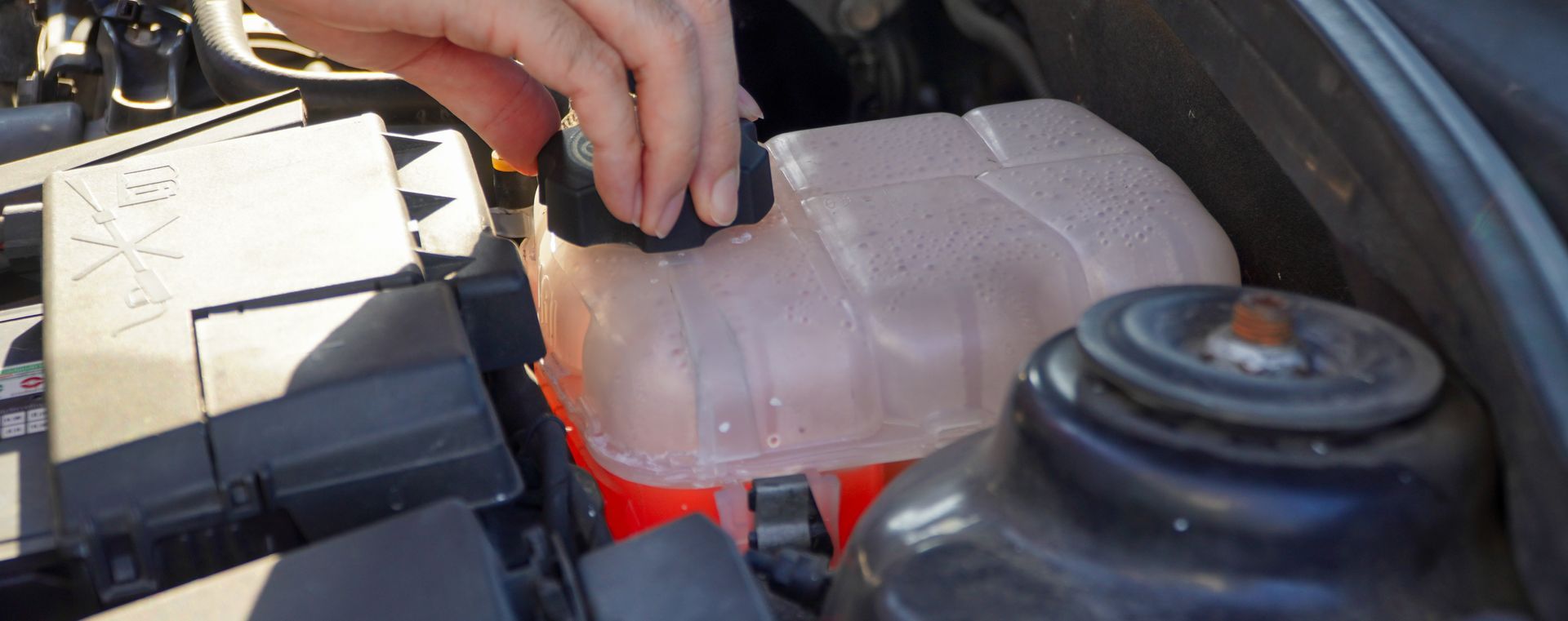Why is My Check Engine Light on? Causes and What to Do
You're not alone if you're wondering why your check engine light is on. Many drivers have anxiety when they see the check engine light, but some of that worry can be reduced by being aware of the causes and knowing how to address the issue. We'll examine the typical reasons for the check engine light, how to detect it, what to do when it appears, and—most importantly—how to stop it from recurring again in this blog post.
Typical Reasons Why the Check Engine Light Is On
Even though it might seem harmless, the check engine light can point to several hidden problems in your car. The most frequent offender is an unfastened gas cap. An incorrectly tightened gas cap will activate the check engine light. A malfunctioning oxygen sensor is another common offender. Oxygen sensors assist in controlling fuel injection and emission control systems by measuring the amount of oxygen in exhaust gasses. Defects in oxygen sensors can result in higher emissions and worse fuel economy. The light may also come on if the catalytic converter, which lowers dangerous emissions, isn't working correctly. Spark plug problems, problems with the mass airflow sensor, or even a broken or loosened gas cap seal are other possible reasons.
Neglecting the check engine light may result in severe repercussions. Unattended minor issues have the potential to worsen and become more significant issues. To avoid future damage and expensive repairs, prompt diagnoses and repairs are essential.
The Check Engine Light Diagnosis
To diagnose the check engine light, an On-Board Diagnostics II (OBD-II) scanner is required. This gadget establishes a connection with the computer system of your car to obtain the issue codes linked to the check engine light that is on. These codes are particular signs that expressly point to the problem that is specific to your car. OBD-II scanners are beneficial equipment that gives technicians a path to the issue. Expert technicians can precisely determine the core source of the problem—whether it's a malfunctioning sensor, a misfiring engine, or an emission issue—by reading these codes.
The information obtained from the OBD-II scanner allows Professional Automotive Repair's specialists to examine your car's internal components thoroughly. Equipped with this knowledge, they can offer accurate diagnoses and suggest the required fixes. In addition to saving time, this diagnostic procedure guarantees that repairs are focused on the precise issue that caused the check engine light to appear.
How to Handle the Indication of a Check Engine Light
Don't freak out if your check engine light appears. Instead, do the following actions:
- Examine Your Gas Cap: A loose gas cap may occasionally cause the light to come on. Make sure it's tight, and move on to the next step if, after a few driving cycles, the light doesn't turn off.
- Examine the Error Codes: The trouble codes can be read using an OBD-II scanner. These codes will help your auto technician make an accurate diagnosis of the problem.
- Speak with an Expert: Go to a reputable auto repair facility in Marietta, such as Professional Automotive Repair. Our knowledgeable specialists can decipher the trouble codes, identify the issue, and carry out the required fixes.
How Not to Let the Check Engine Light Go On
Regular car maintenance and cautious driving practices are necessary to keep the check engine light off. Here’s what you can do to lower the chances of the check engine light turning on:
- Continual Upkeep: Ensure your vehicle receives routine maintenance, such as air filter replacements, oil changes, and timely inspections. By being proactive, these problems can be identified before they become more serious.
- Handle Problems Right Away: Quickly fix any strange noises, smells, or performance problems you find in your car. Ignoring little issues can result in more significant issues that set off the check engine light.
- High-Quality Fixes: Put your car in the hands of Professional Automotive Repair or another respectable auto repair business. Our skilled experts use modern diagnostic equipment to locate and fix problems precisely, avoiding recurrent check engine light issues.
Our speciality at Professional Automotive Repair in Marietta is quickly and effectively identifying and resolving problems with check engine lights. We guarantee the optimal performance of your vehicle thanks to our wealth of knowledge and dedication to technological excellence.
Take your time if your check engine light is on. Make an appointment by contacting Professional Automotive Repair today. Your peace of mind while driving will be ensured by our knowledgeable specialists, who will perform accurate diagnostics and dependable repairs. Come see us at 1770 Lower Roswell Road, Marietta, GA 30068, and let us take care of your car's maintenance needs.




